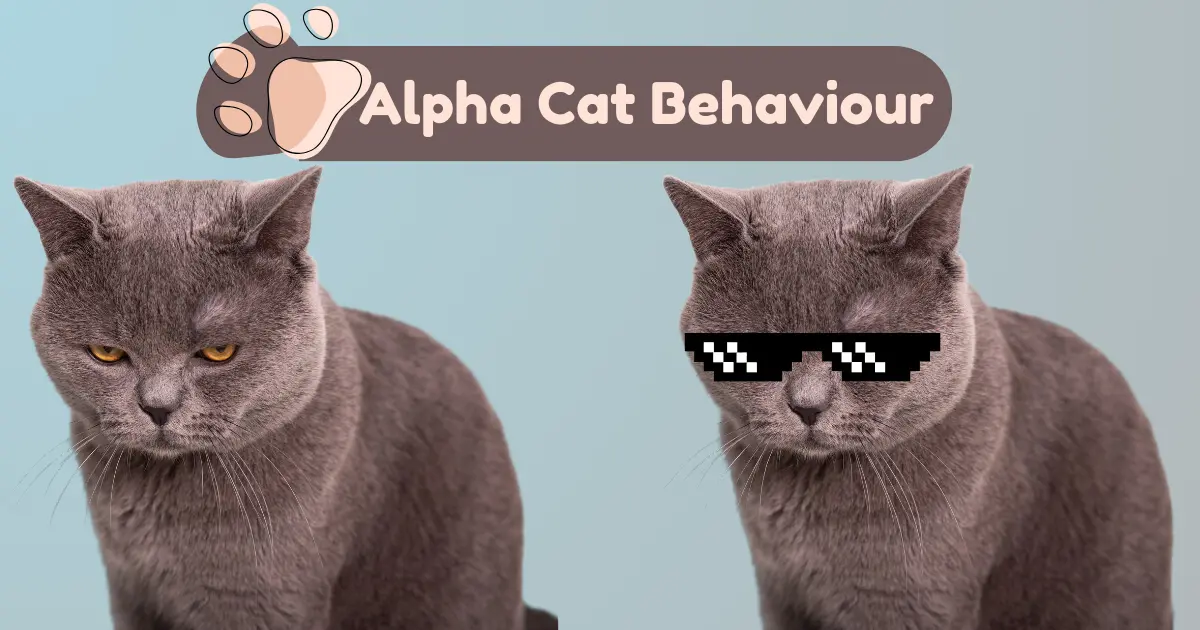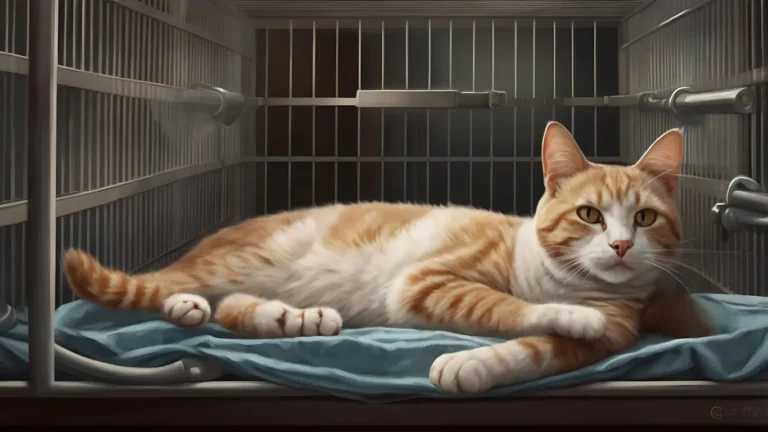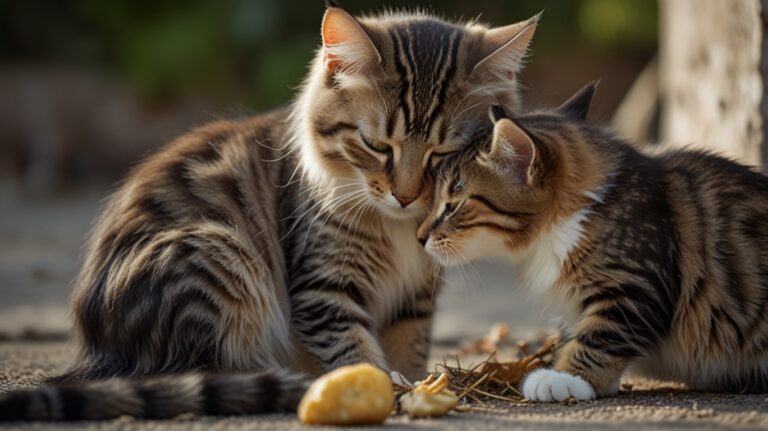Do You Have a Dominant Cat?
“How to Handle a Dominant Cat?”
“Addressing Behavioral Issues in Your Dominant Cat or Alpha Cat?”
“Training Your Dominant Cat”
Many online resources offer guidance on dealing with your Bossy cat. However some of the advice overlooks an aspect; understanding the cause of the issue. What defines a Dominant cat and is there a solution? Is it simply another case of internet suggestions?
What Does “Dominant Cat” Mean?
When a cat is labeled as “dominant” (or sometimes referred to as “alpha“) it typically exhibits one or more of these behaviors;
- Disregards commands
- Continues actions despite repercussions
- Engages in chasing or confronting other cats
- Displays aggression, in situations
- Seeks attention, food or playtime on its own terms
In essence, these labels are often attached to cats that exhibit behavior that doesn’t align with our expectations or causes disruptions, at home. Once this characterization is established, finding the appropriate course of action can pose challenges.
You might find yourself caught up in a struggle to establish “control” over your home scolding your cat for an increasing number of actions without making progress. Let’s pause and reflect on the origins of the concepts of “alpha cats” and “dominant” cats and delve into what a cat described in this manner’s thinking.
Do Cats Have Alphas?
Not quite. The notion of an “alpha” stems from studies, on wolves. Recent research has revealed that wolf packs actually function as family units, where the adult wolves deemed as “in charge” or “alpha” are akin to parents. Similar to families the dynamics within these groups are diverse and evolve over time. There isn’t an alpha position that needs to be enforced through dominance; instead wolves use an array of body language cues to communicate and collaborate.
Cats do not adhere to the knit pack structure observed in wolves. They lack a background with pack or family structures, like this. In environments where resources readily available and concentrated (such as a garbage dump…or your home) cats exhibit varying degrees of behavior shaped by their past encounters.
Cats are considered ” social ” meaning they have the choice to be sociable but don’t necessarily rely on cooperation or living with cats, for survival unlike wolves. This independence in their nature leads to kinds of relationships among cats compared to animals in knit family structures. When conflicts arise cats have the freedom to simply walk away without feeling obligated to engage in disputes.
Since fighting can be life threatening for cats (injuries could prevent them from self care leading to death) they prefer avoiding confrontations whenever possible. Long as their needs can be met elsewhere they will opt for solutions. Conflict typically arises when a cat has no alternative options available.
In household settings behavioral issues often stem from two factors;. The cat lacks alternative means of fulfilling its needs or we misinterpret its motivations. Of attributing behavior to dominance it is more beneficial to focus on meeting the cats needs and understanding the underlying reasons behind its actions, which can bring about positive changes.
How to assert dominance over a cat?
To establish your authority over a cat it’s crucial to grasp their behavior and position yourself as the leader in an respectful way. Here are some suggestions to assist you in how to assert dominance over a cat?
- Set boundaries: Establish rules and limits for your cats conduct. Utilize positive reinforcement methods, like treats or toys to encourage behavior and deter actions.
- Provide training: Use reinforcement techniques to train your cat. Teach them commands like come, stay and sit. This will help stronger your leadership position and foster a connection with your cat.
- Foster social interactions: Invest quality time in bonding with your cat through affection, grooming sessions. This will deepen your bond. Reaffirm your role as a caregiver.
- Communicate through body language: Cats rely on body language for communication. Display. Assertive body language by maintaining eye contact standing upright and using a firm tone.
- Opt for reinforcement: Cats respond positively to rewards than punishment. Avoid shouting, hitting or any form of discipline as these actions can damage the bond you share with your cat.
Remember, exercising patience and empathy is key, in this process. Establishing mutually respectful connection with your cat can empower you to demonstrate leadership in an nurturing manner.
Considering a perspective on the issue
It may lead us away from using terms, like “alpha” when thinking about our cats. What’s next ?Firstly analyze the problematic behavior to figure out what your cat really wants at its core than labeling it based on its personality traits. This could include food, access, to preferred spots, attention, playtime or a sense of security. You can read more about this concept in the linked article.
ARTICLE:
10 Mind-Blowing Facts Will Make You a Feline Fanatic!
The behaviors often categorized as “dominant” can actually be better understood as;
- Playfulness that is
- Aggression stemming from fear
- Conflicts over resources like resting areas or litter boxes
- Boredom due to lack of exercise and mental stimulation
Seeking attention
A behavior that was inadvertently rewarded in the past. Many of these issues can be addressed by creating a suitable environment at home providing ample opportunities for play and engagement and recognizing your cats fundamental needs for attention and stimulation. Training can also be beneficial in addressing behaviors.
By concentrating on the behavior you wish to work on and understanding what motivates your cat individually you can move beyond the notion of being an “alpha.” This approach can lead to improved behavior, a bond, with your friend and a happier living environment ahead!







